Shoulder press exercise : Health Benefits, How to do?
What is a shoulder press exercise?
The shoulder press is also called an overhead press. This is a good upper body exercise that uses a bunch of muscles to help you towards gaining your desired body.
The shoulder press exercise is a key exercise out of all compound exercises such as squats, deadlift, and bench press.
It gains muscle definition as well as core and upper body strength.
Like other weight-bearing exercises, this shoulder press originated several hundred years ago. This become famous during Olympic or even military-based training in the early 20th century. Also known as a military press required less exaggerated motion.
During the performance of shoulder press exercise, the abdominal muscles, leg muscles, and lower back muscles maintain stability while arm muscles press the load above the head. Because it is a compound exercise that stimulates and works large muscles in your body.
Which muscles use for shoulder press exercises?
There are many muscles uses that are divided into primary and secondary muscles.
Primary muscles – deltoids, upper chest (pectorals), upper back (trapezius), triceps brachii
Secondary muscles – hips, legs ( in standing), biceps brachii, lower back, and core muscles
There are so many Health benefits, some are below :
- Improves stability and balance – Strength and size of the shoulder muscles, triceps muscles, trapezius muscles.
- Strengthen the core muscles, such as obliques, transverse abdominal muscles, lower back muscles, and spinal stabilizers, when the exercise is performed in a standing position. Improve balance and stability while performing in a standing position with weight lifting.
- The best exercise for shoulder joint – Other joints needs lots of excises for tone and shape them, while this exercise covers all shoulder muscles.
- Improves posture – This shoulder press exercise corrects body posture. If you have a habit of slouching or crouching in your workplace or daily life, an hour of movements, including strengthening exercises like shoulder press, keep the bone weight-bearing and stronger. It also activates every muscles group of your body like feet,thighs,hips,core,chest,arms and shoulders.
- Beneficial to other activities – Shoulder press is a lifting exercise, so it helps to gain strength in the arms and torso. This strength helps you to do other exercises which include any lift.
- Improves shoulder structure – The rounder and more upright shoulders looks perfect for your body appearance. This shoulder press exercises direct put weight on the shoulder muscles, which makes shoulder joint fully rounded.
- Boosts core strength – The lifting of weight overhead needs core muscles contraction. This motion includes obliques, abdominals and lower back muscles which help in strengthening all core muscles.
There are some types of shoulder press :
- Dumbbell shoulder press
- Kettle bell shoulder press
- Smith machine shoulder press
- Seated shoulder press
Dumbbell shoulder press
First, you have to choose weight. Choose accordingly because heavyweight fatigue your muscles in the middle of sets.
So choose a weight that feels lighter in starting position.
How to do – stand tall. Hold the dumbbells at your shoulder level, palm facing forward and elbow pointing out to the sides and 90- degrees bend. Without leaning backward, extend your elbows to press the dumbbells above your shoulder. Then return to starting position and repeat. 3 sets and 15 repetitions.
Dumbbell shoulder press has variations. Such as:
- Dumbbell push press
- Hammer shoulder press
- Dumbbell thruster
Dumbbell push press
For dynamic shoulder move, you can use push press. This push press gives momentum to allow lifting more weight.
How to do – Same as above position. weight at shoulder level, elbow out to the sides. But before pressing weight above head, you start by slowly lowering your body into a quarter squat position. Then push up through heels and press the weight above the head. Then slowly lower the weight at your shoulder level and repeat. 3 sets per 15-repetition.
Hammer shoulder press
If you want to reduce the stress on your shoulder, but also do strengthening then this is the best exercise.
How to do – take a position as normal dumbbell press but the palms are facing each other. This change in grip uses different muscles than normal and puts less stress on the shoulder joint. Lift weight at shoulder level and then press overhead while the palms are facing each other. Then back to starting position and repeat. 3 sets per 15 – repetitions.
Dumbbell thruster
This dumbbell thruster is a good full-body exercise.
How to do– As position as push press, you have to do full squat rather than quarter. Take a position of shoulder, elbow, and palm. Lift weight at shoulder level and do a full squat at a level where your thighs parallel to the ground. Then push to your heels and stand with press weight overhead while extending your elbows. Then take the start position again by lowering weight at shoulder level and repeat. 3 sets per 15 repetitions.
Kettle bell shoulder press
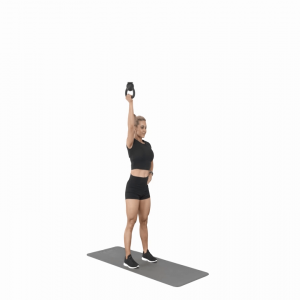
How to do – Start with the kettlebell held in a rack position. Make sure your elbow is tucked into your chest, then press the weight directly above the head. Then lower the weight by reversing the movement and repeating.3 sets per 15 repetitions.
This also has a variation :
The bottom-up kettle bell press
How to do – This bottom-up kettlebell press is the same as the traditional kettlebell press. The difference is you lift more weight in this exercise. This is much tougher and more challenging than the original one.
Smith machine shoulder press

How to do – Take starting position. Set the height of the smith machine bar to around chest height. Place an incline bench with the setting of the bench up to an 80- to 85-degree incline, in the center of the machine, slightly behind the bar. Place both hands on the bar as palms facing away from your body, slightly wider than your shoulders. Slowly release the bar from its locked position.
First, inhale then bend your elbows and lower the bar to just below chin height.
Then exhale. Use the muscles of your shoulders and extend your elbows to return to the starting position. Repeat. 2 sets of 20 repetitions.
Seated shoulder press
In seated shoulder press your back is fully supported and lift more weight than standing position. Because your smaller stabilizing muscle does not have to work hard to support your torso as it is supported by the bench. So your shoulder muscles don’t have to work hard for lifting weight.
How to do – Sit in an upright position and back completely supported. Held weight on both hands while palms facing away from you. Keep your chest up and your core braced, and look straight throughout the exercise. Extend elbow and press weight above the head. And weights touch above your head. Slowly lower the weight back to start, then pause and repeat. 3 sets per 15 seconds.
There are some alternative shoulder press exercises:
- Military press
- Arnold press
- Shoulder shrugs
- Reverse fly
- Inclined press
- Z press
Military press
In the military press alternative, your feet should be close rather than in overhead press where your feet are apart to give a more stable base. This is challenging. It also helps to strengthen your core muscles because this uses lots of core muscle work.
The military press has some variation:
- Dumbbell military press
- Suitcase press
Dumbbell military press
This uses more core muscle because needs stability while feet are closer and maintain overhead press.
How to do – Starting position is standing with feet together, held dumbbell in your hands. Lift weight at shoulder height then presses weight overhead till your elbow becomes straight. Then back to starting
position and repeat. 2 sets of 20 – 30 repetitions.
Suitcase press
Suitcase press uses more weight to the hard use of core muscle.
How to do – get into starting military press position. held barbell in one hand and set on your head height. Then press it directly overhead while maintaining balance, don’t lean on one side. Then reverse the movement, take down the weight. 2 sets of 20 – 30 repetitions.
Arnold press
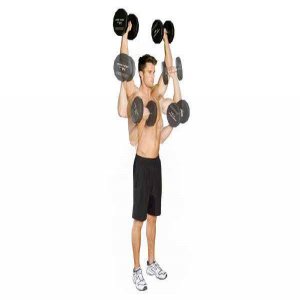
With a low starting position and greater range of motion than the original press, Arnold’s press covers all three sections of the deltoid (anterior, lateral, and posterior).
How to do – Hold a pair of dumbbells in front of your shoulder with palms facing towards your body. Then extend your elbow upside press weight and exhale. Then reverse the motion and inhale. This exercise is performed in a standing position.
Shoulder shrug
Shoulder shrug shorter range of motion exercise. So you can lift weight greater than other exercises. Remember to warm up before exercise and stretch after exercise to avoid injuries. This shoulder shrug exercise can be done by either using pair of dumbbells, barbell, kettlebell, or shoulder shrug machine.
How to do – Stand straight with your feet as apart as your shoulder width and hold a weight in each hand with both palms facing towards the body. Slightly bend your knees and keep your arms straight while reaching your shoulder upward to your ears without bending your arms. Reach the last range and hold one or two seconds and lower the shoulders. Repeat.3 sets of 10 – 15 repetitions each.
Reverse fly
The reverse fly is a resistance movement that includes the rear shoulder and muscles of the upper back.
How to perform – Starting with a standing position, with feet shoulder-width apart, hold dumbbells at your either side.
Press the hips back in a hinge motion, bring your chest forward and parallel to the floor. The weights are hanging straight down with palms facing each other. And maintain a tight core, back straight, and slightly knee bending.
Raise both arms out to either side, on an exhalation. Slight bending of your elbows. Squeeze both scapulae together as you pull them towards the spine.
Lower the back to the starting position as you do inhalation. Avoid shoulder hunching, and your chin tucked to maintain a neutral spine during the movement. Repeat. 8-12 repetition.
Reverse fly has some variations as :
- Seated reverse fly
- Upright reverse fly with resistance band
- Prone reverse fly
- Reverse fly with a lunge
Seated reverse fly
Reverse fly in a sitting position if you can’t handle or maintain in standing position. This helps to maintain greater stability and comfortable than standing.
How to do – Take a position in sitting same as reverse fly, only change is sitting. The hinge forward hip position during movement is still there and keeps the spine neutral.
Upright reverse fly with resistance band
This upright reverse fly is performed in a standing or sitting position. A hinge position is not required, so it is good for low back problem patients. And eliminate discomfort.
How to do – Take a position either standing or sitting. Place the middle band of a resistance band around the static object. Then pull it by your arms while the elbow extends.
Prone reverse fly
This exercise is performed in a prone lying position either on a table or couch or stability ball to avoid low back discomfort which you feel in standing or sitting position. It also focuses on muscle movement and eliminates any chance of injury during movement.
How to do – Prone lying position is starting position. Take a dumbbell in your hands and pull it towards your shoulder. Then reverse it and repeat.
Reverse fly with a lunge
Reverse fly with lunge position required more stability than other exercises. This uses more core strength and leg works to perform the exercise.
Inclined press
It is also known as an inclined dumbbell bench press or inclined chest press. This is an upper-body workout that includes chest muscles, triceps of your backside of the arm, anterior part of the deltoid.
How to do -Adjust a bench to an inclined position around 15–30 degrees.
Take a sit on a bench and place your dumbbells in the creases of your hips.
Lie backward on the bench with the dumbbells, and in this position, engage your core.
Press the dumbbells upwards towards the roof, palms facing forward. Rotate your shoulders outwards.
Your upper back should be tight and stable during the complete set. This is the starting position of the beginning of all repetitions.
Slowly lower the dumbbell until your upper arm is slightly backward to your back. Your elbows should be at a 45- degree angle to your upper body, while a wrist remains in a neutral position.
Pause for a second at the end of the repetition.
To start the upward movement, squeeze your chest and push the dumbbells reverse toward the starting position.
Continue to press until your arms are long with slightly bend elbows. Finish the movement at the top by squeezing your chest.
At the end of the repetition, you have to maintain distance between dumbbells. 2-3 sets of 8-12 repetition.
Z press
The Z press targets the shoulder, trapezius, and upper back muscles. The Z Press is an overhead press variation that is done in a sitting position. It doesn’t involve leg drive, so all of the work is on the core and pressing muscles.
The Z press is an advanced exercise because it requires hip mobility and core strength.
How to do – Use safety arms of a power rack and adjust safety arms at the level of your knees. Then set the barbells across the safety arms. Then take a sit on a floor, extend your legs and knees in front of you around 30 degrees angle from the midline.
Sit straight and roll the bar towards you at the slight upper level of your armpit ( not too high or not too low). After taking a seated position and adjusting safety bar height, roll the bar towards you. When the bar almost touching your upper chest, stop there and put your hand on a barbell.
Take a grip slightly wider than shoulder-width so that your forearms are vertically in a bottom position. Hold the bar and slightly lean forward, your elbows under the bar, and forcefully sit up. Then take a deep inhalation and brace your core muscles.
Press the bar upwards towards the ceiling and take slightly back until elbows are fully extended overhead and hold.
After that return the bar at a safety level and repeat the movement until desired repetitions. Then lean forward and put down the bar on the floor.8-12 repetitions are normal.
There are some matters to look at while doing shoulder press:
- The overhead press can be a dangerous exercise because it’s a high impact on your upper body. Before or during exercise, you have to take precautions to avoid injuries. The wrist, arm, elbow, neck and shoulder works according to movement, which means they are under constant pressure.
- Choose a weight which you can perform 10-15 repetitions perfectly, and do not get tired or strained.
- Usually, a large-sized barbell is used for shoulder press, but in the beginning, you can use small or medium sizes.Just sure that the weight is perfectly stacked onto the bar.
- If you feel any discomfort or pain during exercise, stop the movement and consult your trainer or doctor.
- Remember, always do advance exercise under supervision.

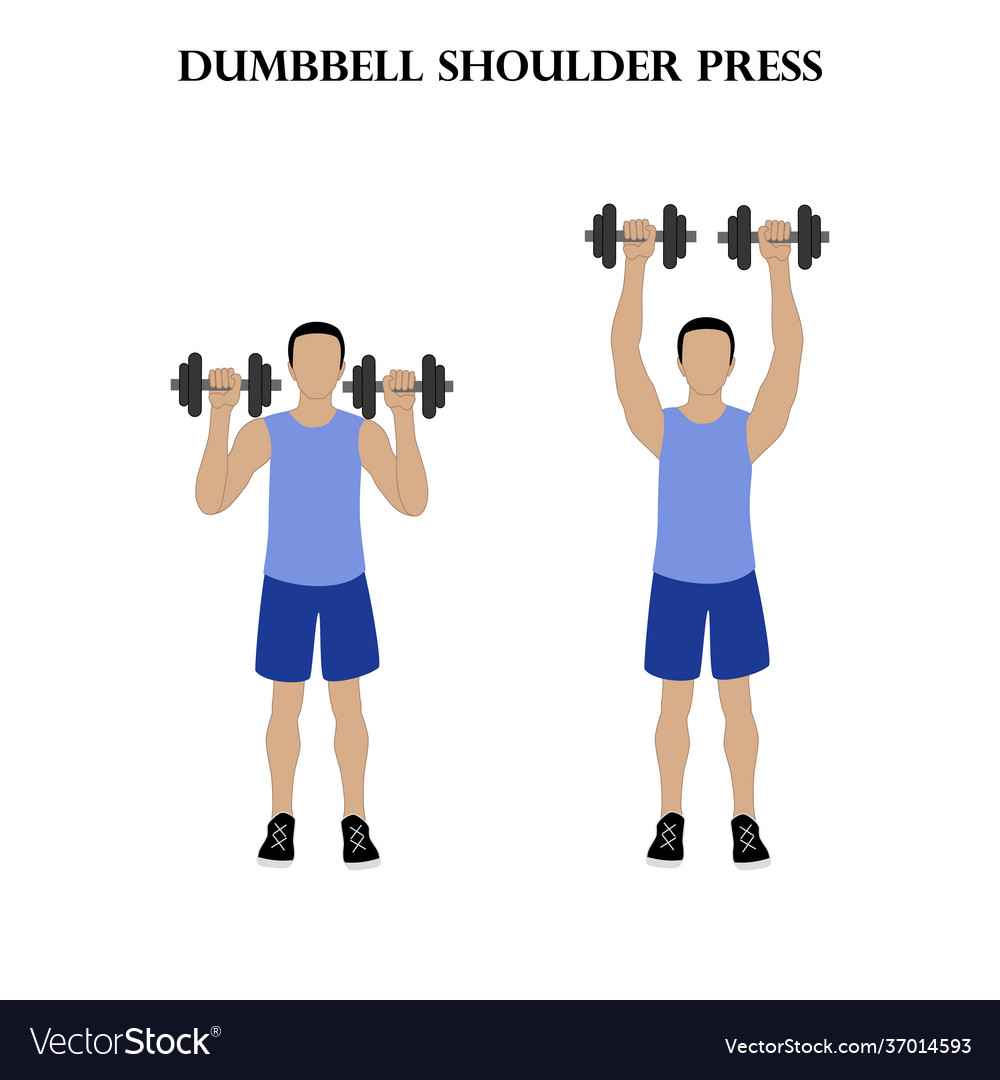
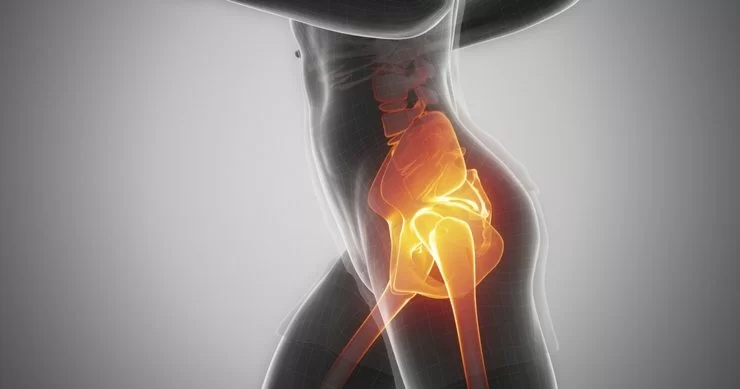
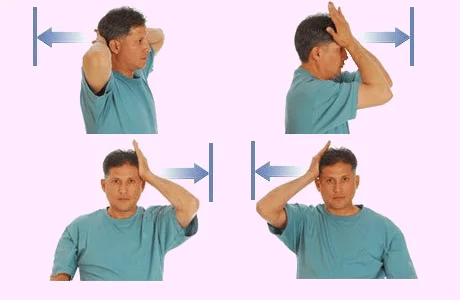
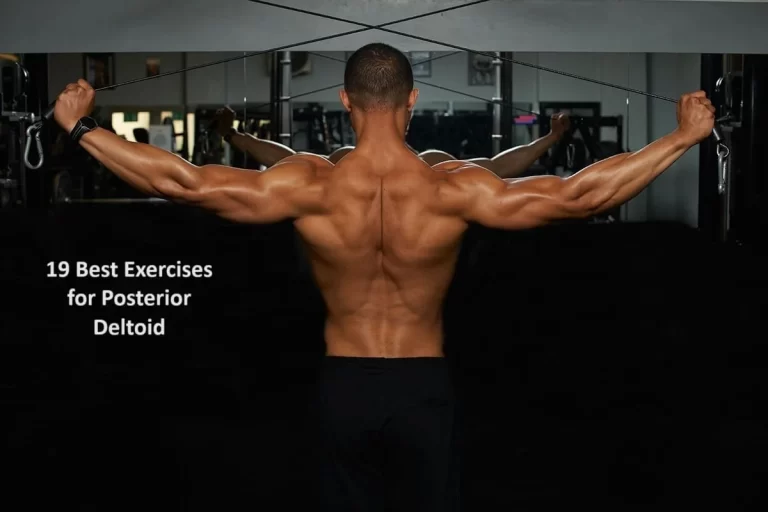

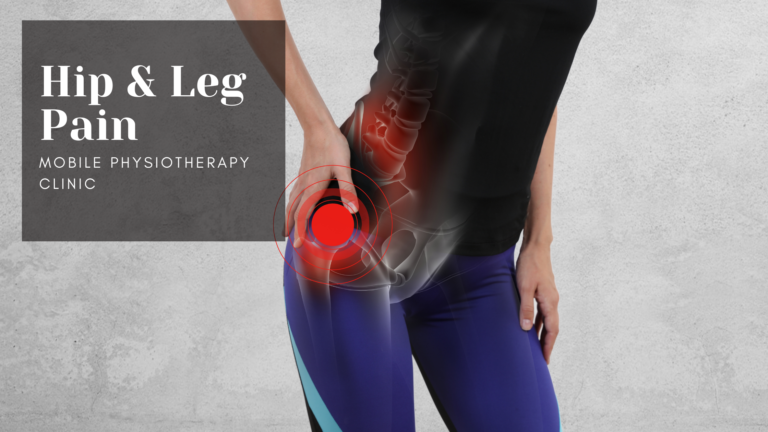
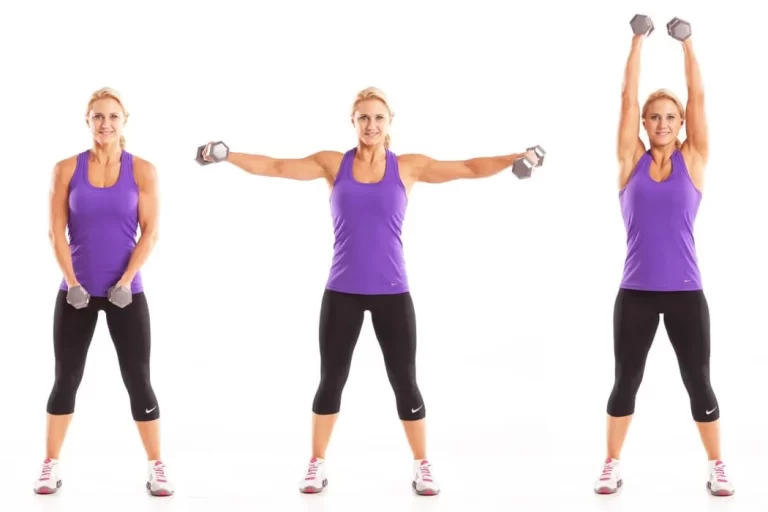
One Comment